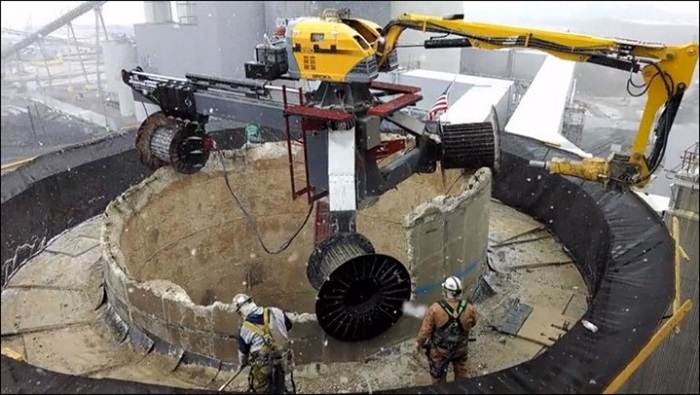The U.S. Army’s Deactivated Nuclear Power Plant Program

The U.S. Army Corps of Engineers (USACE), Baltimore District, is home to the North Atlantic Division’s Radiological Health Physics Regional (RHPR) Center of Expertise, which is leading the decommissioning of Army reactors.
From 1956 to 1976, the Army’s nuclear power program operated several small nuclear reactors to confirm the feasibility of their meeting military power needs on land. Three Army reactors were deactivated in the 1970s and placed into safe storage awaiting future decommissioning.



